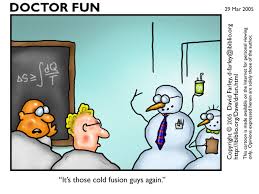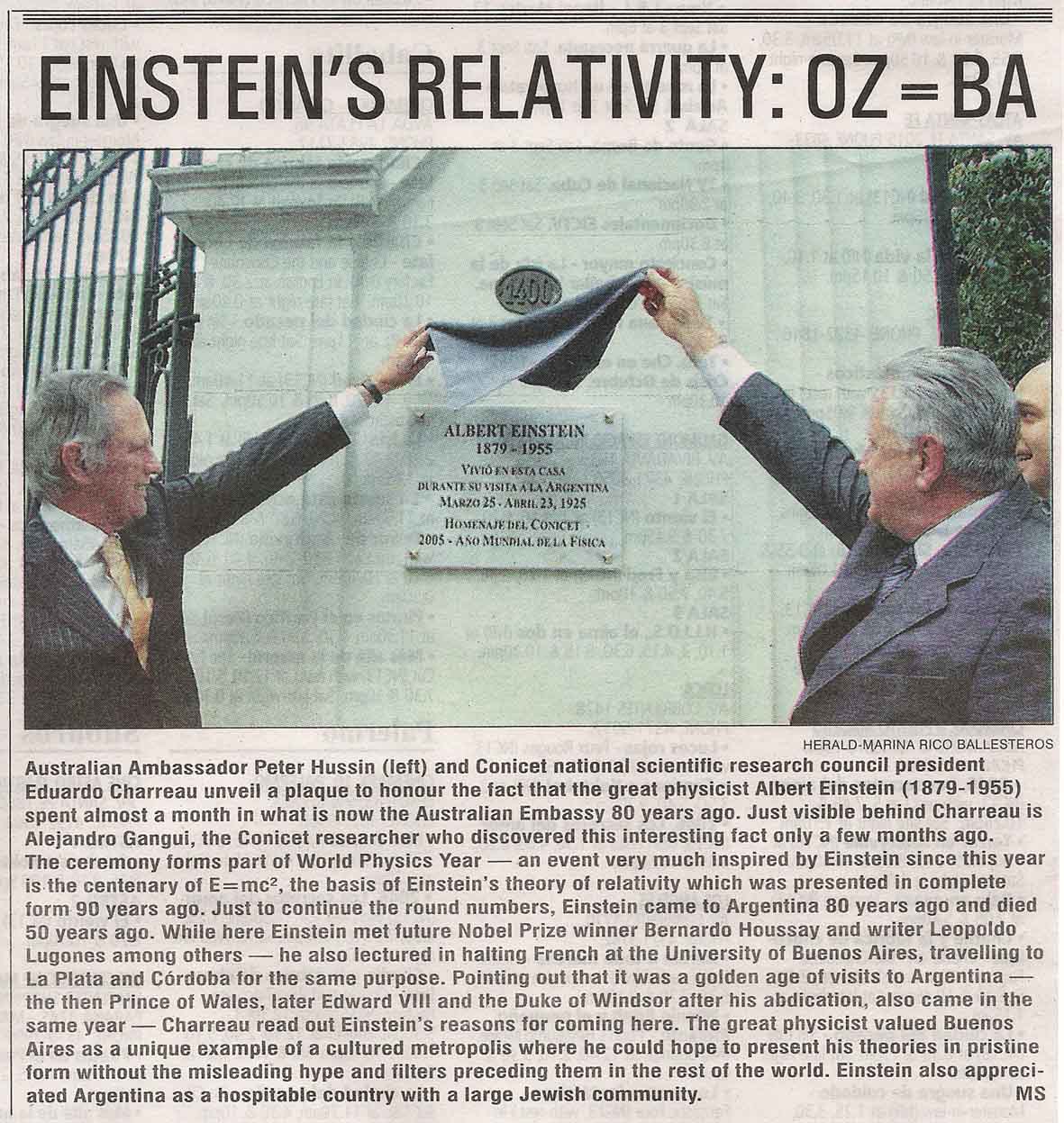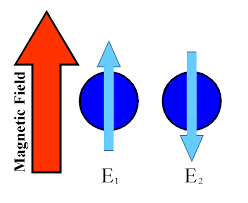
Common sense may indicate that people should know the stunts in movies are just make believe, but the professors say that’s not necessarily true. Some people really do believe a bus traveling 70 mph can clear a 50-foot gap in a freeway, as depicted in the movie Speed. And, if that were realistic, a ramp would be needed to adjust the direction of motion to even try to make the leap, said UCF professor Costas J. Efthimiou, who co-authored the article. “Students come here, and they don’t have any basic understanding of science,” he said. “Sure, people say everyone knows the movies are not real, but my experience is many of the students believe what they see on the screen.” And that’s not just a UCF problem. Efthimiou said students across the United States seem to have the same challenge with science. It starts young. The Science and Engineering Indicators 2006 report seems to support his observations. The report shows that the average science scores among 12th graders in the U.S. dropped from the previous year. The scores remained stagnant in the fourth and eighth grades. Worse, only about one-third of all students tested were proficient, meaning they had a solid understanding of what they should know.


